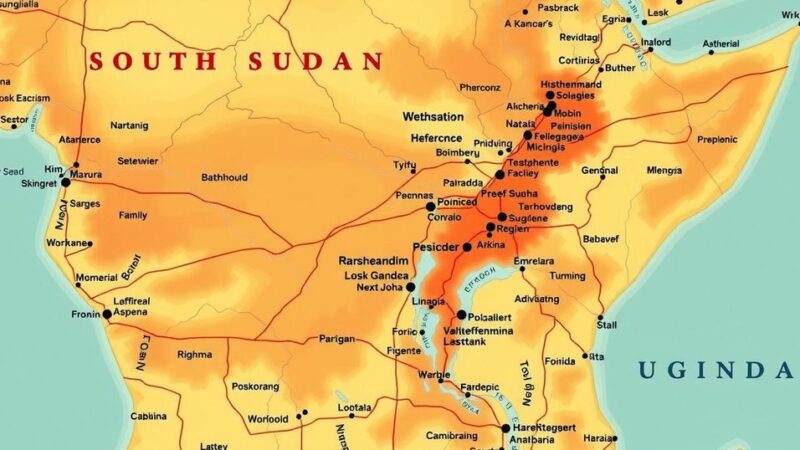The Southeast United States experienced a record rainfall exceeding 40 trillion gallons due to Hurricane Helene and previously existing storm systems, resulting in widespread flooding and over 100 fatalities. Meteorologists attribute this unprecedented rainfall to a combination of meteorological factors and the effects of climate change, highlighting a concerning trend in severe weather events.
In a remarkable meteorological occurrence, the Southeast United States has experienced unprecedented rainfall due to Hurricane Helene and an accompanying storm system, totaling over 40 trillion gallons. This staggering volume of precipitation is equivalent to filling the Dallas Cowboys’ stadium 51,000 times, illustrating the sheer scale of rainfall. To further contextualize this amount, if it were distributed across the state of North Carolina alone, it would create a depth of approximately 3.5 feet of water. Meteorologists, led by Ed Clark of the National Oceanic and Atmospheric Administration, have described this rainfall as “an astronomical amount of precipitation.” Clark, who has two and a half decades of experience in meteorology, stated, “I have not seen something in my 25 years of working at the weather service that is this geographically large in extent and the sheer volume of water that fell from the sky.” The rainfall has led to devastating flood damage, with over 100 fatalities reported. Rainfall measurements calculated by meteorologist Ryan Maue indicate that Hurricane Helene contributed 20 trillion gallons of this total, significantly impacting states such as Georgia, Tennessee, the Carolinas, and Florida. Clark corroborated this figure, noting that it is likely conservative, with perhaps 1 to 2 trillion additional gallons potentially recorded. This situation has been compounded by the interaction of multiple meteorological systems. Prior to Helene’s arrival, a stationary low pressure system had already caused substantial rainfall in the Southeast. This system allowed warm moisture from the Gulf of Mexico to feed into a storm that impacted North Carolina, bringing localized rainfall amounts of up to 20 inches. The top recorded rainfall in North Carolina reached an astonishing 31.33 inches in Busick, with some areas, such as Mount Mitchell, receiving over two feet. The geographical features of the mountains have exacerbated flooding concerns as interactions with storm systems can lead to enhanced precipitation effects, as noted by the meteorologists. In light of recent trends, these worsening storm patterns are increasingly associated with climate change. Current research suggests that the atmosphere’s capacity for moisture increases with rising temperatures, which could explain the increasing intensity and volume of precipitation events observed over recent years. A study from the Lawrence Berkeley National Laboratory indicated that climate change contributed to 50% more rainfall during Hurricane Helene in parts of Georgia and the Carolinas. According to climatologist Kathie Dello, the indications of climate change are increasingly apparent: “We have seen tropical storm impacts in western North Carolina, but these storms are wetter and these storms are warmer. Past events would have caused damage, but not of this devastating magnitude.”
In recent weeks, the Southeast United States has been confronted with severe flooding consequences due to extraordinary rainfall associated with Hurricane Helene and preceding storm systems. This situation highlights the intersection of climate conditions and meteorological patterns, prompting discussions regarding the implications of climate change on precipitation extremes.
The unprecedented rainfall in the Southeast United States, resulting in over 40 trillion gallons primarily from Hurricane Helene and associated storm systems, has raised alarm among meteorologists and climate scientists. The severe flood impacts, coupled with the clear indications of climate change contributing to increased moisture in the atmosphere, point towards a future with potentially more extreme weather events.
Original Source: abcnews.go.com






